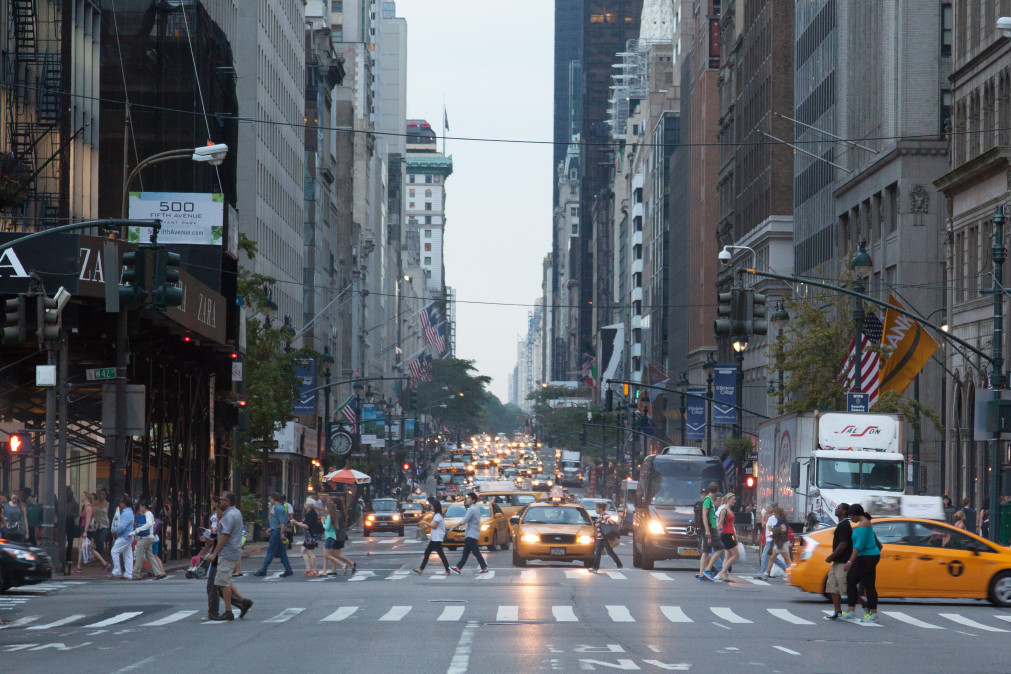This week marked the 5th anniversary of the Dodd-Frank Wall Street Reform and Financial Protection Act—a piece of legislation supposedly designed to hold big banks accountable and protect consumers from their predatory practices. The law had exactly the opposite effect, and free market thinkers know why.
In the wake of the 2008 financial crisis, President Obama and the Democrat-majority Congress decided someone needed to be held accountable for the financial meltdown. They passed Dodd-Frank in order to “promote financial stability,” “lift our economy,” and “end too big to fail.”
Five years later, the bill has achieved none of these goals. Instead, the economy remains in sluggish growth, smaller banks are going out of business, and larger ones dominate even more. According to a recent Harvard University study, Dodd-Frank has further entrenched big banks at the expense of customers and their smaller competition. Even AFL-CIO President Richard Trumpka admits the bill failed.
Why did this happen? How did a bill become “subverted” to do the exact opposite of what it was supposed to? The answer is more surprising than you might think—and the free market explains it.
Too Big to Fail
When large banks declared bankruptcy in 2007 and 2008, Congress decided that many of the institutions were “Too Big to Fail” (TBTF), meaning that their bankruptcy would disrupt the entire economic system.
Federal Reserve Chairman Ben Bernanke defined a TBTF firm as “one whose size, complexity, interconnectedness, and critical functions are such that, should the firm go unexpectedly into liquidation, the rest of the financial system and the economy would face severe adverse consequences.”
TBTF banks were bailed out, provided the money they needed to function. Rather than letting failed enterprises go the way of Blockbuster Video or Borders Booksellers, the government decided to save them.
Dodd-Frank was based on the idea that the financial crisis was caused by under-regulation—the government allowed banks to offer high-interest loans to borrowers who were unlikely to pay them back. As a result, banks got rich and the poor got poorer.
In reality, the crisis was caused by bad regulations—not the lack of good ones. In 1977, Congress passed affordable-housing mandates which forced banks to loosen their standards for home loans. Furthermore, the Federal Reserve kept interest rates too low for too long, further providing incentives for prospective homeowners to go into debt.
According to the Mercatus Center at George Mason University, regulatory restrictions on financial services grew every year between 1999 and 2008. There was no lack of regulation during this period.
Too much regulation caused the housing market crash, and what was Dodd-Frank’s response? More regulation!
A New Era of Big Banks and Big Government
Before 2010, the Federal Deposit Insurance Corporation (FDIC) approved an average of 170 new banks a year—since then, it has only approved one. Five years, one new bank. Meanwhile, government figures indicate the country is losing one community bank or credit union a day.
Since the second quarter of 2010, community banks have lost more than twice the amount of U.S. commercial banking assets they lost between 2006 and 2010, according to the Harvard study. That study found that the cost of complying with Dodd-Frank’s regulations was the major reason behind small banks’ loss of profitability.
[pq]Free markets make sure no company is too big to fail—or too small to succeed.[/pq]
While the assets of small community banks have dropped 19 percent, HotAir’s Ed Morrissey points out that larger banks have seen a boost in market share. Rather than solving our economic woes, Dodd-Frank has “proven the point of conservatives, who have consistently argued that regulatory expansion disproportionately impacts smaller players in any market.”
“Larger players know this and leverage their influence to get legislators to expand regulation in a way that burdens their smaller competition,” Morrissey adds. In other words, more regulation helps big businesses who can lobby government at the expense of their smaller, leaner competition.
As free market theory would predict, the growing consolidation of big banks at the expense of smaller ones has a harmful impact on the consumer. Before Dodd-Frank, 75 percent of banks offered free checking—two years later, only 39 percent did, noted Congressman Jeb Hensarling in The Wall Street Journal. Bank fees have also increased, driving low-income and moderate-income Americans away from banking altogether.
Furthermore, Dodd-Frank has given bureaucrats authority to control huge swaths of the economy. The Consumer Financial Protection Bureau (CFPB), created by Dodd-Frank, can effectively outlaw any consumer-credit product—it holds veto power on the whole financial system. Worse, even congressional appropriations cannot restrain the bureau’s funding.
Last August, the Fed essentially took control of AIG and GE Capital, when they were designated “systemically important,” under Dodd-Frank. As Hensarling wrote, the bill “is gradually turning America’s largest financial institutions into functional utilities and taking the power to allocate capital—the lifeblood of the U.S. economy—away from the free market and delivering it to political actors in Washington.”
The Free Market Response: Free Up Competition
Beware of a government asking for the power to reign in “big business.” Even good intentions can have horrible results when government interferes with the free market.
While Dodd-Frank propped up big business at the expense of competition and the consumer, the free market does the opposite. Markets reward whichever business actually helps the consumer—fostering a highly competitive system of creative destruction.
Blockbuster Video only goes out of business because Netflix is meeting customer demand more efficiently. Borders Booksellers gets the boot because Amazon.com offers better options. While the economy may struggle briefly at the loss of these companies, free competition allows new blood to replace them, providing more opportunities and prosperity for producers and consumers alike.
By all means, we should get rid of “Too Big to Fail,” but more regulation isn’t the way to do it. Free markets do much better than government in the business of making sure no company is too big to fail—or too small to succeed.



